
 SIGNATE Inc. is a company that is taking on the challenge of solving the social issue of the shortage of DX human resources by providing a unique hybrid solution of “internal human resource utilization” and “external human resource utilization”. For “internal human resource utilization,” we provide DX human resource training and organizational development services, while for “external human resource utilization,” we plan and operate a data analysis and AI development competition platform.
SIGNATE Inc. is a company that is taking on the challenge of solving the social issue of the shortage of DX human resources by providing a unique hybrid solution of “internal human resource utilization” and “external human resource utilization”. For “internal human resource utilization,” we provide DX human resource training and organizational development services, while for “external human resource utilization,” we plan and operate a data analysis and AI development competition platform.
Kyu Yamamoto | After graduating from Kanazawa University, he worked as a sales representative in the construction consulting industry before joining SIGNATE. Currently, as an account executive for SIGNATE, he participates in sales activities and projects such as competitions.
 Google believes that open source is good for everyone. By being open and freely available, it enables and encourages collaboration and the development of technology.
Google believes that open source is good for everyone. By being open and freely available, it enables and encourages collaboration and the development of technology.
Our mission is to organise the world’s information and make it universally accessible and useful.
Aaron Cunningham | Google, Open Source Hardware Program Manager
Aaron leads open source hardware strategy at Google. His team applies Google’s open source philosophies to hardware and the physical world, advising Alphabet’s portfolio on business strategy and best practices to build sustainable ecosystems. Previously, he was a technical program manager and unmanned test pilot for Wing, an Alphabet company.

Google believes that open source is good for everyone. By being open and freely available, it enables and encourages collaboration and the development of technology.
Tim ‘mithro’ Ansell is a software engineer at Google and has been developing open source software for 20+ years. Tim has recently started trying to shake things up in the hardware accelerator development ecosystem by removing roadblocks to having a completely open ecosystem. In 2020 he worked with SkyWater Foundry, a domestic U.S. manufacturer of integrated circuits, to release the world’s first fully open source, manufacturable PDK for their 130nm process node and is funding a free shuttle program for open source designs. He has also contributed to projects in the open EDA ecosystem like OpenROAD, OpenRAM, Magic and many others.
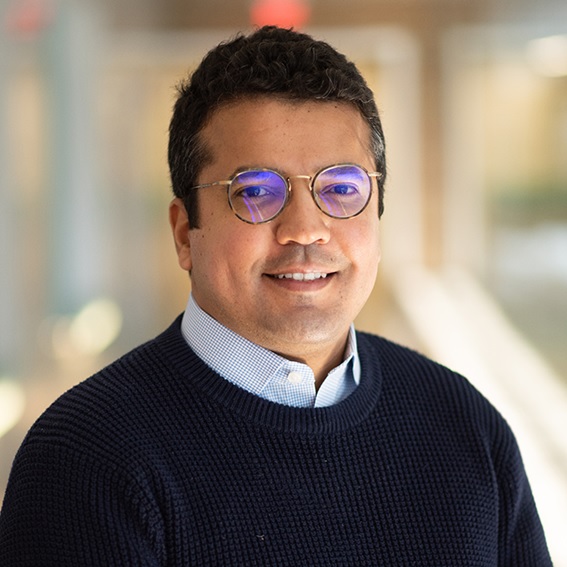 University of Michigan (EECS) | Michigan Engineering, Electrical Engineering and Computer Science Department (EECS)
University of Michigan (EECS) | Michigan Engineering, Electrical Engineering and Computer Science Department (EECS)
Mehdi Saligane | University of Michigan / Michigan Engineering, Electrical Engineering and Computer Science Department (EECS) / Assistant Research Scientist, Intermittent Lecturer at University of Michigan / Mehdi Saligane is a Research Scientist in the Department of Electrical Engineering and Computer Science at the University of Michigan. He received his M.Sc. and Ph.D. degrees in electrical and computer engineering from the University of Grenoble and Aix-Marseille in 2011 and 2016, respectively. He worked at STMicroelectronics, in France, as a Research Engineer from 2010 to 2015, and after completing his Ph.D., he joined the Michigan Integrated Circuits Lab at the University of Michigan. Dr. Saligane’s current research interests are in low-power and energy-efficient IC design with a recent focus on open-source EDA and analog and mixed-signal IC design automation. He currently serves as chair of the Analog Working Group and, as a member of the Technical Steering Committee at CHIPS Alliance, and as a technical member of SSCS’ open source ecosystem.
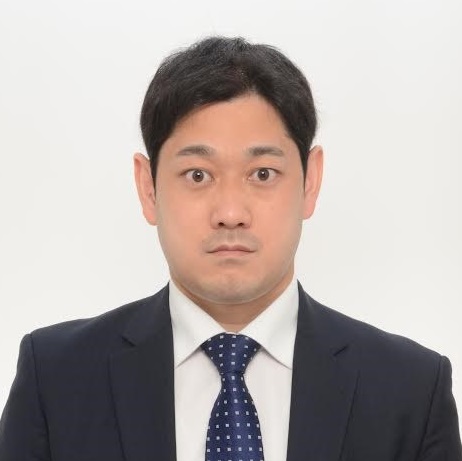
Ministry of Economy, Trade and Industry ( METI )
METI’s Mission; Realization of growth and development of the Japanese economy
Hisashi Saito | Deputy Director, IT industry division, Commerce and Information Policy Bureau, Ministry Economy, Trade and Industry / He has been working at Japan’s semiconductor company from 2011 to 2020 and I researched semiconductor devices. In January 2021, I joined METI. Now I am working for R&D budget of semiconductor, AI, computing technology.
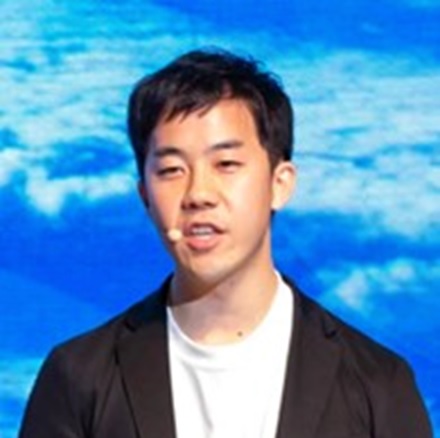 Google believes that open source is good for everyone. By being open and freely available, it enables and encourages collaboration and the development of technology.
Google believes that open source is good for everyone. By being open and freely available, it enables and encourages collaboration and the development of technology.
Our mission to organize the world’s information and make it universally accessible and useful has always been core to everything we do at Google. It’s why we make so many of our products, like Search, Maps, and Gmail, accessible and free of charge to everyone.
Ryo Shigeta|Google, University Relations Program Manager Joined Google Japan in Feb 2020 and supports collaborations between Google and Japanese universities.
Started my career at Microsoft as a Program Manager but was backed to the University of Tokyo to pursue PhD. Received PhD in 2018. Also worked closely with deep-tech start-ups (SenSprout, Tenchijin).
 Google believes that open source is good for everyone. By being open and freely available, it enables and encourages collaboration and the development of technology.
Google believes that open source is good for everyone. By being open and freely available, it enables and encourages collaboration and the development of technology.
Johan Euphrosine (proppy) | He is a Developer Relations Engineer at Google based in Tokyo focusing on improving Hardware Toolchains developer experience.
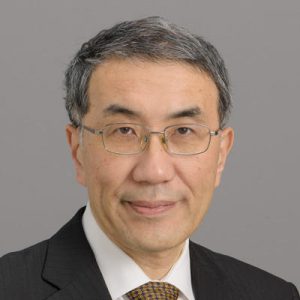
Keio University Faculty of Science and Technology, Department of Information and Computer Science, Amano laboratory is focused on new computer techniques for the post-Moore era. Research includes FPGA clusters, one-chip multiprocessors, dynamically reconfigurable computers, and novel interconnection networks. Real prototype systems with original LSI chips are developed to demonstrate research results.
Hideharu Amano is a professor of Department of information and computer science, Keio University. He is now developing a chip with embedded FPGA, switch and RISC-V. He received his Ph.D. in 1986 from Keio University. He was a visiting assistant professor at Stanford University from 1989-1990. Now, he is a professor at the Department of Information and Computer Science, Keio University. Hideharu Amano started research on computer architecture under the professor Hideo Aiso, Department of Electrical Engineering, and shared memory, cache, switch chip, multiprocessor, reconfigurable system, massively parallel system, router chip, multi-context device, power saving Reconfigurable accelerator, ultra-low power processor, consistent architecture research. It is known for its approach to developing and evaluating real systems to demonstrate ideas. In addition to translating Hennessy Patterson’s “quantitative approach”, he has held numerous academic committee positions and positions.
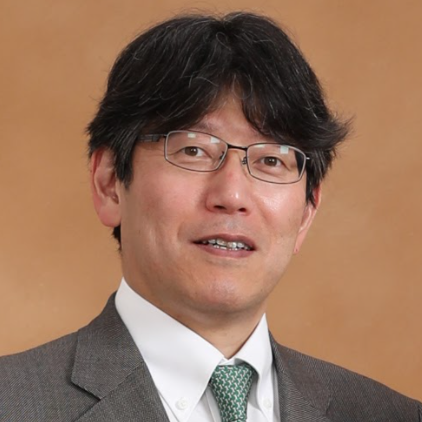
Makoto Ikeda received the BE, ME, and Ph.D. degrees in electrical engineering from the University of Tokyo, Tokyo, Japan, in 1991, 1993 and 1996, respectively. He joined the University of Tokyo as a research associate, in 1996, and now professor at d.lab, school of Engineering, the University of Tokyo. He is also the professor at department of Electrical Engineering and Information Systems, graduate school of engineering, the University of Tokyo, where he served as a department head in 2017. He stayed in Cambridge University as a visiting Researcher in 2001-2001. He has been involving the activities of VDEC to promote VLSI design educations and researches in Japanese academia. And now initiated “AI chip design project” for Japanese startups, supported by Ministry of Economy, Trade and Industry (METI) of Japan.
His research topics including hardware security, including crypto accelerator design, secure sensor design, smart image sensor for 3-D range finding, and time-domain circuits including asynchronous controlling and associate memories.
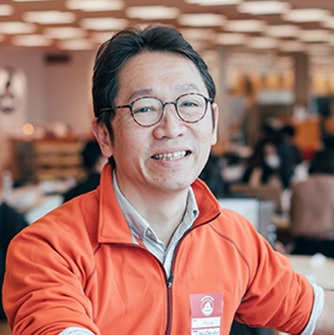
The National Institute of Advanced Industrial Science and Technology (AIST), one of the largest public research organizations in Japan, focuses on the creation and practical realization of technologies useful to Japanese industry and society, and on “bridging” the gap between innovative technological seeds and commercialization.
Jun-ichi Okamura | Invited Senior Researcher, AIST / Jun has over 35 years of experience and started as a DRAM memory designer for Toshiba in 1986 and later for IBM at Burlington/VT. In 1999 Jun joined THine electronics as lead designer. In 2006, Jun founded Trigence Semiconductor, then received its first investment in 2012 from Intel Capital. Unfortunately, Trigence failed Series-D funding because of US/China trade war in 2019, then was liquidated in May 2022.Now, Jun is working as a deep tech startup advisor and was invited to AIST as a researcher.
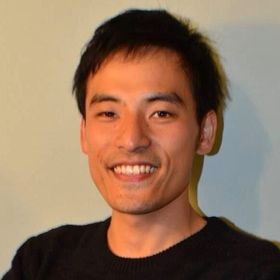
KAMAKE no SUSUME Corp. promotes creative activities using technology for children and adults.
We have formed an educational activity community with engineer members, and are developing programming education and seminar projects with educational and government agencies and companies.
Takahiro Kitayama was born in Osaka, and mastered the Department of Electrical and Electronic Engineering, Graduate School of Engineering, Kobe University, and joined Renesas Electronics Corporation in 2013. In 2015, he started programming education activities with in-house engineers to convey the joy of making things from scratch. He founded “KAMAKE no SUSUME Corp.” and assumed the position of CEO in December 2017. In 2018, he became the Education Support Fellow of STEAM Educational Project at Tokyo Gakugei Univ. Children Institute for the Future.
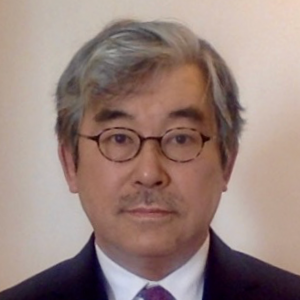
RISC-V Alliance Japan was incorporated as a non-profit organization in Japan. The purpose is to proliferate RISC-V, open silicon technology enabling RISC-V, and system technology enabled by RISC-V to Japan and neighboring countries. Strongly motivated to ally with RISC-V organizations worldwide.
Shumpei Kawasaki co-founded SH Consulting in 2013. He specialized in the field of security for RISC-V FPGAs / SoCs. In 1990s, he co-developed CPUs and chipsets for Sega Saturn and Dreamcast video games. ARM adopted his “16-bit fixed-length instruction” invention for their monumentally successful “ARM7TDMI” and “ARM9TDMI.” In 2000s Shumpei led a development of a minimal operating system for Root of Trust chips used in network routers, 2-5G mobile handsets, and secure tokens in US.
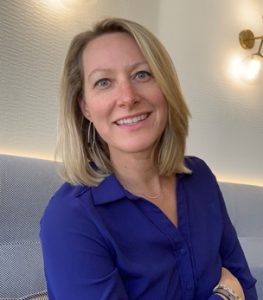
RISC-V International is a global nonprofit association based in Switzerland. Founded in 2015, RISC-V brings together 2k+ members in more than 70 countries across industries and technical disciplines. RISC-V supports the free and open RISC instruction set architecture, developing additional extensions, tools, and resources paving the way for the next 50 years of computing design and innovation. RISC-V also connects the community and industry through academia, commercialization, and strategic leadership.
Calista Redmond is the CEO of RISC-V International with a mission to expand and engage RISC-V stakeholders, compel industry adoption, and increase visibility and opportunity for RISC-V within and beyond RISC-V International. Prior to RISC-V International, Calista held a variety of roles at IBM, including Vice President of IBM Z Ecosystem where she led strategic relationships across software vendors, system integrators, business partners, developer communities, and broader engagement across the industry. Focus areas included execution of commercialization strategies, technical and business support for partners, and matchmaker to opportunities across the IBM Z and LinuxOne community. Calista’s background includes building and leading strategic business models within IBM’s Systems Group through open source initiatives including OpenPOWER, OpenDaylight, and Open Mainframe Project. While at IBM, she also drove numerous acquisition and divestiture missions, and several strategic alliances. Prior to IBM, she was an entrepreneur in four successful start-ups in the IT industry. Calista holds degrees from the University of Michigan and Northwestern University.
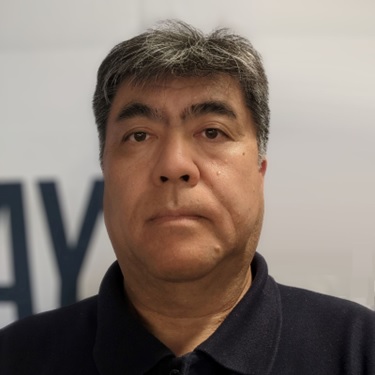
ArchiTek Corporation is a research and development venture that specializes in simple and beautiful architectures and algorithms. Certified as a J-Startup company promoted by the Japanese government.
We are developing edge AI processors that will serve as platforms for Digital Transformation in fields such as smart city, smart care, and smart retail.
Goki Kuroda | Director and CMO of ArchiTek Corporation. Joined Matsushita Electric Industrial Co., Ltd. (now Panasonic) in 1989. Engaged in research and development of computer architecture and ultra-small technology at the Information Systems Laboratory. Planned and promoted open innovation for the entire company. Oversee the marketing headquarters at ArchiTek Corporation now.
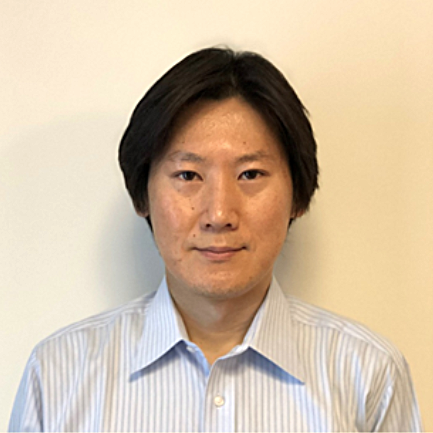
Synopsys, Inc. (Nasdaq: SNPS) is the Silicon to Software™ partner for innovative companies developing the electronic products and software applications we rely on every day. Synopsys has a long history of being a global leader in electronic design automation (EDA) and semiconductor IP and is also growing its leadership in software security and quality solutions. Whether you’re a system-on-chip (SoC) designer creating advanced semiconductors, or a software developer writing applications that require the highest security and quality, Synopsys has the solutions needed to deliver innovative, high-quality, secure products. Learn more at www.synopsys.com
Mitsuru Tomono received his Ph. D in 2007 from Nara Institute of Science and Technology. He has more than 5 years experiences as pre-sales application engineer of Synopsys processor solution for Synopsys ASIP Designer tool, ARC Processor family, and, especially, neural network processor for AI applications. He achieved many design requirements in collaboration with customers for automotive and embedded vision processing systems.
 Imperas Software, Ltd is the leading provider of RISC-V processor models, hardware design verification solutions, and virtual prototypes for software simulation. Imperas promotes open-source models for CPU architectures, cores, system IP and reference models of processors ranging simple single core bare metal platforms to full heterogeneous multicore systems booting SMP Linux.
Imperas Software, Ltd is the leading provider of RISC-V processor models, hardware design verification solutions, and virtual prototypes for software simulation. Imperas promotes open-source models for CPU architectures, cores, system IP and reference models of processors ranging simple single core bare metal platforms to full heterogeneous multicore systems booting SMP Linux.
eSOL Trinity Co., Ltd. was established in 2015 as a wholly owned subsidiary of eSOL Co., Ltd. Its three core businesses are Tools, Solutions, and Education, with a focus on RISC-V, ISO 26262, and Cyber Security.
Shuzo Tanaka / VP & Director Engineering Department , eSOL TRINITY Co.,Ltd. / I was working in the microcomputer technical support division at Fujitsu Semiconductor Division. After that, I established my own company and worked in sales and technical support of ISS and Co-simulator utilizing my knowledge of microcomputers. Currently, I mainly sell Imperas simulators.
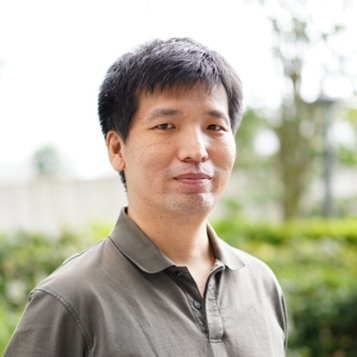 NSITEXE is an IP vendor that develops advanced processors, including RISC-V based processor IP for functional safety and, was established in 2017 as a spin-off from DENSO Corporation. High-efficiency, high-quality semiconductor IP addresses a wide range of applications and contributes to the evolution of next-generation semiconductor technology.
NSITEXE is an IP vendor that develops advanced processors, including RISC-V based processor IP for functional safety and, was established in 2017 as a spin-off from DENSO Corporation. High-efficiency, high-quality semiconductor IP addresses a wide range of applications and contributes to the evolution of next-generation semiconductor technology.
Koji Adachi | NSITEXE , Semiconductor IP R&D Unit, Processor Development Dept, Processor Development Section, Manager of Processor Development / Koji Adachi has more than 15 years of experience as a CPU architect and designer for embedded applications and is currently a CPU architect at NSITEXE, Inc. Previously, he worked on CPU ISA (Virtualization, Multithreading) and micro architecture design for Automotive MCUs. He also worked on CPU design for enterprise RAID controller (MIPS64 based).
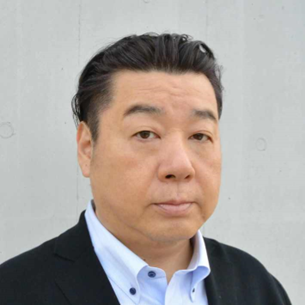 Codasip was founded in 2014 on a simple belief – that we could bring together the brilliance of microprocessor architects and software engineers and capture it in tools that made processor design simpler, faster, and less expensive and have the mission of democratizing processor design. More than 2 billion Codasip RISC-V processors have shipped.
Codasip was founded in 2014 on a simple belief – that we could bring together the brilliance of microprocessor architects and software engineers and capture it in tools that made processor design simpler, faster, and less expensive and have the mission of democratizing processor design. More than 2 billion Codasip RISC-V processors have shipped.
Takaaki Akashi / Japan Country Manager, Codasip / Successfully evangelized Verilog (IEEE std. 1364-1995) at Cadence at the start of the 1990s, and SystemVerilog (IEEE std. 1800-2005) and VMM, which is the archetype of UVM at Synopsys in the early 2000s, as a member of the JEITA (formerly EIAJ) standardization committee. Involved in semiconductor design in Japan for more than 25 years.
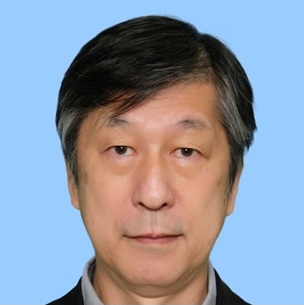 MIPS is a leading developer of highly scalable RISC processor IP for high-end automotive, computing and communications applications. With its deep engineering expertise built over 35 years and billions of MIPS-based chips shipped to-date, today the company is accelerating RISC-V innovation for a new era of heterogeneous processing.
MIPS is a leading developer of highly scalable RISC processor IP for high-end automotive, computing and communications applications. With its deep engineering expertise built over 35 years and billions of MIPS-based chips shipped to-date, today the company is accelerating RISC-V innovation for a new era of heterogeneous processing.
Michio Abe | MIPS LLC, Director, Sales & Solution, Japan / He joined NEC in 1985. He has been involved in the development of MIPS CPUs including the development of the original NEC’s MIPS CPUs (since 1991). Afterward, developing in-vehicle SoCs with MIPS and other cores architectures. He has been in charge of promotion and marketing of MIPS CPU at Japan since 2015 under MIPS, initially as part of Imagination Technologies and now as a stand-alone company.

Green Hills Software GK | GHS’s products are platform-independent, functional safety-certified secure real-time operating systems and embedded development solutions that support a very wide range of hardware and software platforms.
Ryan Kojima is a graduate of the esteemed Suzuka National college of Technology in Japan, where he studied Electronic and Information Technology. In his early career he worked as a System Engineer for printing automation system design and implementation, and moved to the US while working in application design where he had a development team lead role and responsibilities in business development. After joining Green Hills Software in 2018, he has worked as an Embedded Software Consultant assisting Green Hills Software’s customers around the world, with a special focus on the Japan and Asian markets where he works closely with key regional partners including Renesas Electronics Corporation.
 SiFive is a pioneer in RISC-V processor solutions offering a full line up from ultra-low power wearables to highest performance Data Center applications. Founded by the inventors of RISC-V, SiFive has more than 300 design wins at the top semiconductor companies is one of the hottest companies in Silicon Valley.
SiFive is a pioneer in RISC-V processor solutions offering a full line up from ultra-low power wearables to highest performance Data Center applications. Founded by the inventors of RISC-V, SiFive has more than 300 design wins at the top semiconductor companies is one of the hottest companies in Silicon Valley.
Sam Rogan is the President of SiFive Japan and Vice President Japan & Korea. Having lived in Japan for more than 30 years, Sam has held top management roles at AMD, Spansion, and Xilinx, where he most recently served for 13 years as the President of Japan and Asia Pacific.
 SiFive is a pioneer in RISC-V processor solutions offering a full line up from ultra-low power wearables to highest performance Data Center applications. Founded by the inventors of RISC-V, SiFive has more than 300 design wins at the top semiconductor companies is one of the hottest companies in Silicon Valley.
SiFive is a pioneer in RISC-V processor solutions offering a full line up from ultra-low power wearables to highest performance Data Center applications. Founded by the inventors of RISC-V, SiFive has more than 300 design wins at the top semiconductor companies is one of the hottest companies in Silicon Valley.
Yoshihito Kondo | Sr. Director FAE, SiFive Japan / He has been working for Sony Corporation since 1990 and has been involved in the development of media processors. Engaged in CMOS image sensor development at Sony LSI Design Inc. from 2012.
Joined SiFive Japan Corp. in 2022/10 and is currently in charge of technical support for customers.
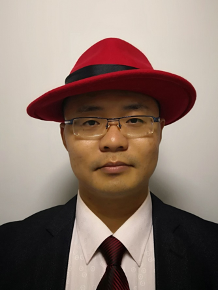
Red Hat is the world’s leading provider of open source solutions. An open development model connects Red Hat associates to open source communities. Red Hat builds and supports open source products from open source projects, participates in the projects and communities our products depend on, often in leadership roles.
Wei Fu is a opensource software developer with Embedded/Enterprise/Vehicle experience on Linux kernel/driver, BSP, system porting, CI-loop, Koji system and Distros. Also have rich experience on Firmware (U-boot/arm-TF/UEFI/ACPI/GRUB).
Currently studying Linux distro,like Fedora/RHEL/CentOS/RHIVOS, and focusing on promoting RISC-V to Fedora Primary Architectures and Automotive.
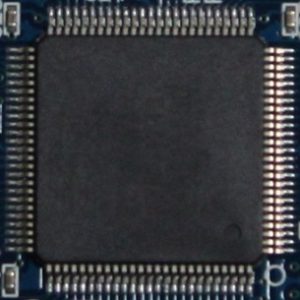 mmRISC, an Individual Activity
mmRISC, an Individual Activity
Munetomo Maruyama has been engaged in development of MCUs and SoCs equipped with 16-bit fixed-length instruction 32-bit RISC, ARM7, ARM9, Cortex-M, self designed parallel multiple cores for high-performance video codec etc. since 1986., and in addition has been writing about 100 magazine articles and about 10 books on MCU, FPGA, GPU, logic design, and programming.
 StarFive is the leader of RISC-V technology and ecosystem development in China, with a complete and silicon-proven portfolio of RISC-V CPU IP series and platform-based software and hardware full stack chip solution. StarFive products are widely used in smart home appliances, smart monitoring, industrial robots, etc.
StarFive is the leader of RISC-V technology and ecosystem development in China, with a complete and silicon-proven portfolio of RISC-V CPU IP series and platform-based software and hardware full stack chip solution. StarFive products are widely used in smart home appliances, smart monitoring, industrial robots, etc.
Masayuki Kimura is an engineer at StarFive.
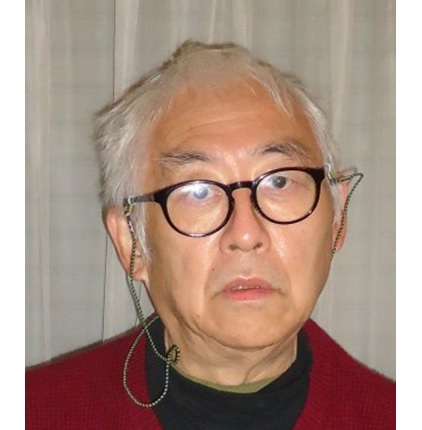 Tokyo University of Agriculture and Technology | Faculty of Engineering,Department of Electrical Engineering and Computer Science.
Tokyo University of Agriculture and Technology | Faculty of Engineering,Department of Electrical Engineering and Computer Science.
Mitaro Namiki | Tokyo University of Agriculture and Technology, Professor : OS Researcher,He has been involved in OS research for a long time.
Graduate School, Division of Engineering, Tokyo University of Agriculture and Technology. Advanced Research Laboratory, Hitachi, Ltd., Assistant, Assistant Professor of the Department of Mathematical Information Engineering, Tokyo University of Agriculture and Technology. Exchange professor at the Department of Computer Science at North Carolina State University, Charlotte, USA as a long-term overseas researcher of the Ministry of Education. The Open University of Japan Visiting Professor. Currently, he is a professor at the Graduate School of Engineering and Faculty of Engineering, Tokyo University of Agriculture and Technology. He has a Ph.D. (Engineering). He was Chief of the Information Processing Society of Japan’s “ System Software and OS Study Group” (2007-2010), Director of Information Processing Society of Japan (2018, 2019).
The co-author has been involved in research and development of architecture and reconfigurable computers.
Takefumi Miyoshi | WasaLab LLC : Recongiurable System Developper,
Hideharu Amano | Keio University : Computer Architect Researcher
About RIOS | Founded in 2019 as part of Tsinghua-Berkeley Shenzhen Institute (TBSI), the RISC-V International Open Source Laboratory (RIOS Lab) began its journey of bringing the research effort of RISC-V CPU with its software and hardware ecosystems from UC Berkeley to the rest of the world. As a premier member of RISC-V Foundation, RIOS is aiming to demonstrate its commitment to the open source platform for chip developers with far more economical and efficient technology.
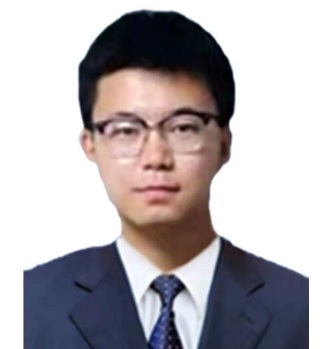
Guohua Yin | Master’s student of RIOS Lab, Tsinghua university, his research interest are RISC-V TEE and open-source EDA
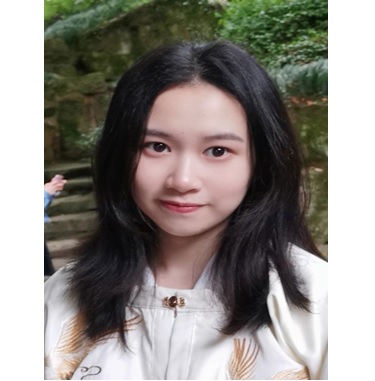
Yifei Zhu | Yifei Zhu is a bachelor-straight-to-doctorate student of the RISC-V International Open Source Laboratory (RIOS Lab), Tsinghua University. Her research interest are architecture verification and optimization

Xinze Wang | Master’s student of RIOS Lab, Tsinghua university, his research interest are UHDM and open-source EDA
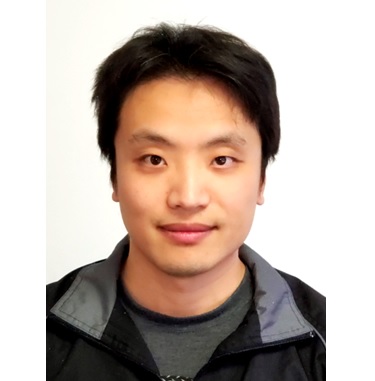
Zhangxi Tan | Dr. Zhangxi Tan is the Co-Director of the RISC-V International Open-Source Laboratory (RIOS Lab) at Tsinghua-Berkeley Shenzhen Institute (TBSI), and serves as Adjunct Professor, who specializes in computer architecture and VLSI designs. Additionally, Dr. Tan is also the Founder and President of RiVAI Technologies Co. LTD.
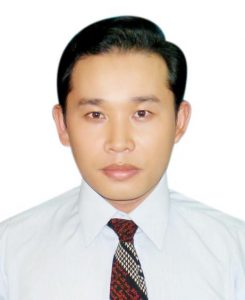
SH Consulting Group (SHC) has engineers in US, Vietnam and in Japan specialized in providing stability to RTOS, device drivers, and wireless connectivities for MCUs such as H8s, SHs, ARMs and RISC-Vs. It has been integrating OSes such as QNX, .NETMF, Linux, and Windows for MCUs and wireless solutions such as Lora, WiFi and Bluetooth for many years. They worked on Windows, Android and iOS platforms. In recent years SHC engineers enabled FreeRTOS for large semiconductor companies on ARM platforms and direct this effort to RISC-Vs.
Hoan Huynh | Senior Software Engineer at SH Consulting Vietnam Company Limited. He graduated from Ho Chi Minh University of Technology in 2000. His major was electrical and electronic engineering. He has experience in microprocessor and digital system design. He also has good knowledge and experience in Linux, QNX and FreeRTOS.

